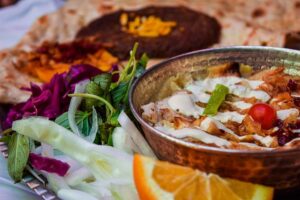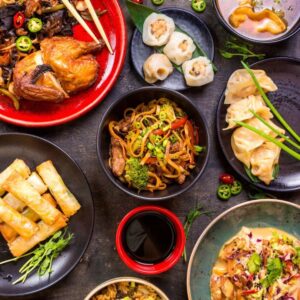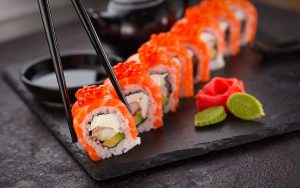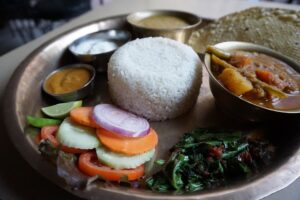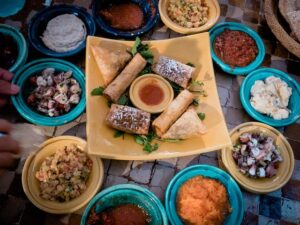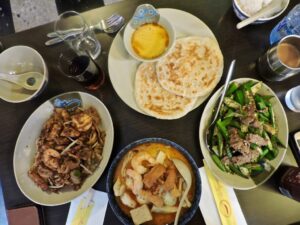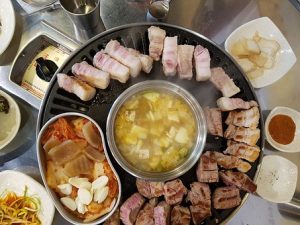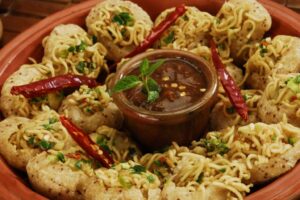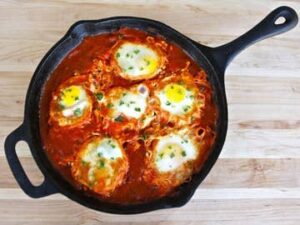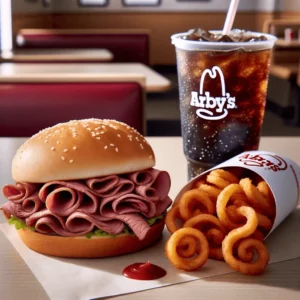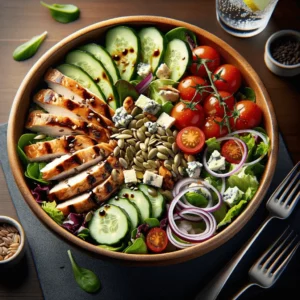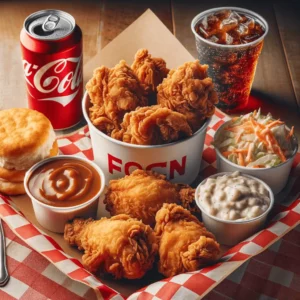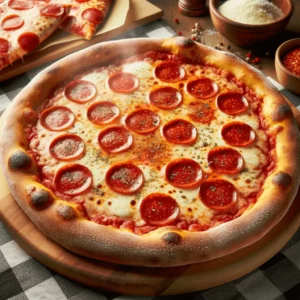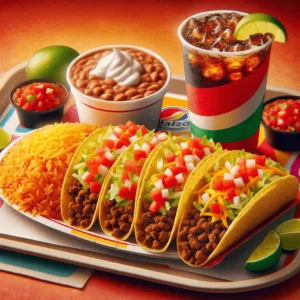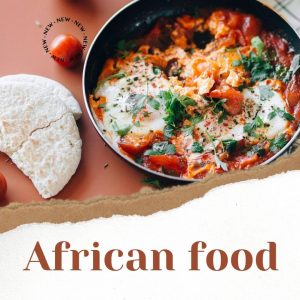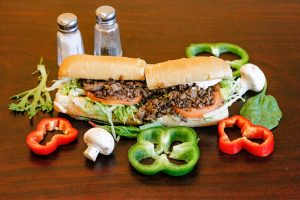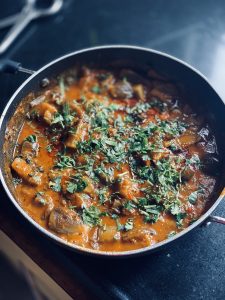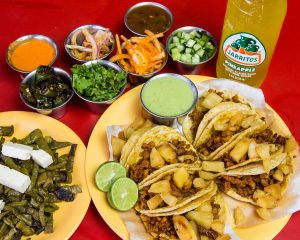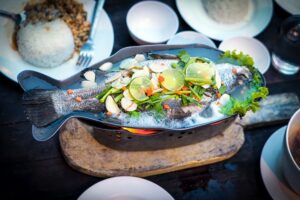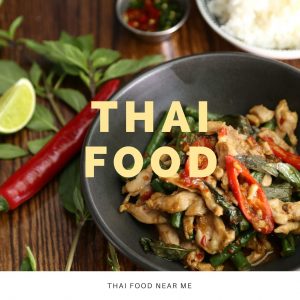Sapphire Seas and Spice Isles: Sri Lankan Restaurants
Sri Lanka, the teardrop-shaped island in the Indian Ocean, boasts a culinary tradition that is a symphony of flavors, shaped by its tropical abundance, colonial history, and the confluence of diverse cultures. Sri Lankan restaurants, whether nestled along its palm-fringed coasts or sprinkled across global cities, offer a gateway to an intricate and tantalizing gastronomy that is as varied as the island’s topography.
Legacy of Lanka
Rice and Curry
At the heart of Sri Lankan cuisine is the iconic rice and curry—a medley of rice accompanied by an array of curries, from fiery to mild, and several side dishes. Every spoonful narrates the island’s story, from its verdant fields to bustling fish markets.
Hoppers (Appa)
These bowl-shaped pancakes, made from fermented rice flour and coconut milk, are a breakfast staple. Whether plain or with an egg cracked in the center, hoppers are a delightful representation of the island’s morning rituals.
Coastal Delicacies and Highland Flavors
Isso Wade
These spicy prawn fritters are a popular street food, especially along the coastline. Fresh prawns atop lentil patties provide a delicious bite of the ocean’s bounty.
Lamprais
A testament to the island’s Dutch Burgher influence, lamprais consists of rice, meat curry, and accompaniments wrapped in a banana leaf and baked to perfection. The result is a fragrant parcel that unfurls layers of history and flavor.
Beverages of the Island
Ceylon Tea
Grown in the cool climes of the central highlands, Ceylon tea is revered globally for its rich aroma and flavor. A cup of this brew transports one to misty plantations and tales of the Raj.
King Coconut
This naturally sweet and hydrating drink comes from the orange-hued king coconuts native to the island. It’s nature’s refreshing gift to the thirsty traveler.
Conclusion
Sri Lankan restaurants are culinary sanctuaries, offering dishes that meld the island’s indigenous ingredients with techniques and flavors from Indian, Arab, and European influences. From spicy curries that set the tongue tingling to mellow desserts like wattalapam (jaggery custard), Sri Lankan cuisine is a feast for the senses, echoing the rhythm of waves, rustling palms, and the island’s storied past.
FAQs
1. What distinguishes Sri Lankan curries from other curries?
Sri Lankan curries often use a distinct blend of roasted spices and feature ingredients like pandan leaves and coconut milk, giving them a unique flavor profile.
2. How prevalent is seafood in Sri Lankan cuisine?
Given its island nature, seafood is integral to Sri Lankan dishes, with delicacies ranging from crab curries to fish ambul thiyal (sour fish curry).
3. Do Sri Lankan dishes cater to vegetarians?
Absolutely! There’s an abundance of vegetarian dishes, like dhal curry and various vegetable curries, making it a haven for plant-based diners.
4. What’s a traditional Sri Lankan dessert to try?
Kiri toffee (milk toffee) and kokis (crispy rice flour cookies) are popular sweets, especially during festivities.
5. Are Sri Lankan meals typically spicy?
While many dishes can be quite spicy, there’s often a balance with milder dishes in a typical meal, and many restaurants adjust the spice level to suit preferences.


